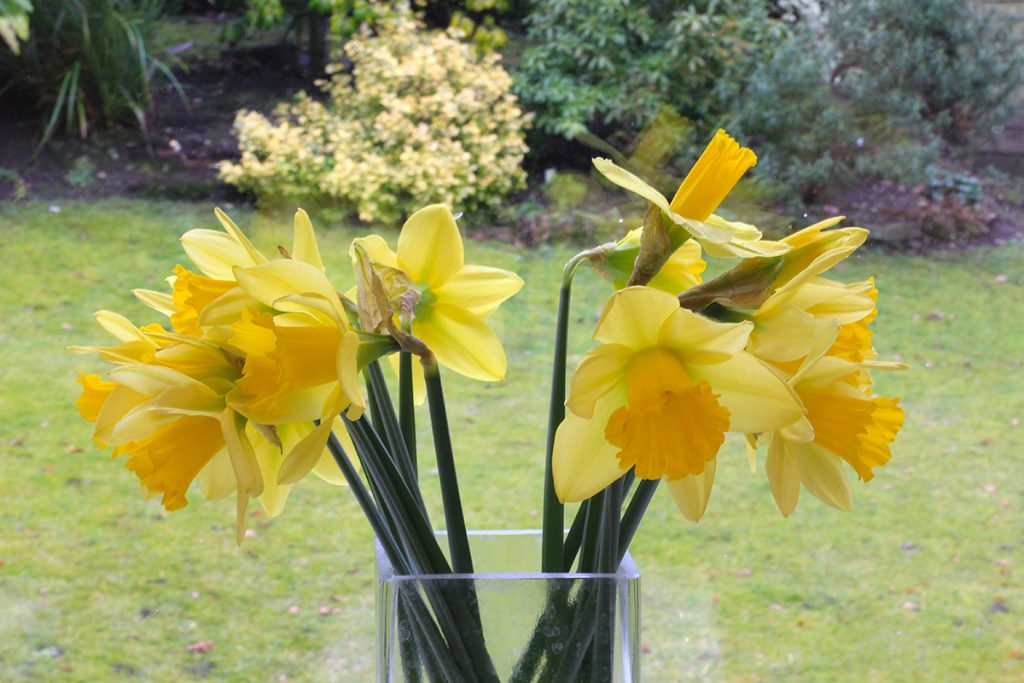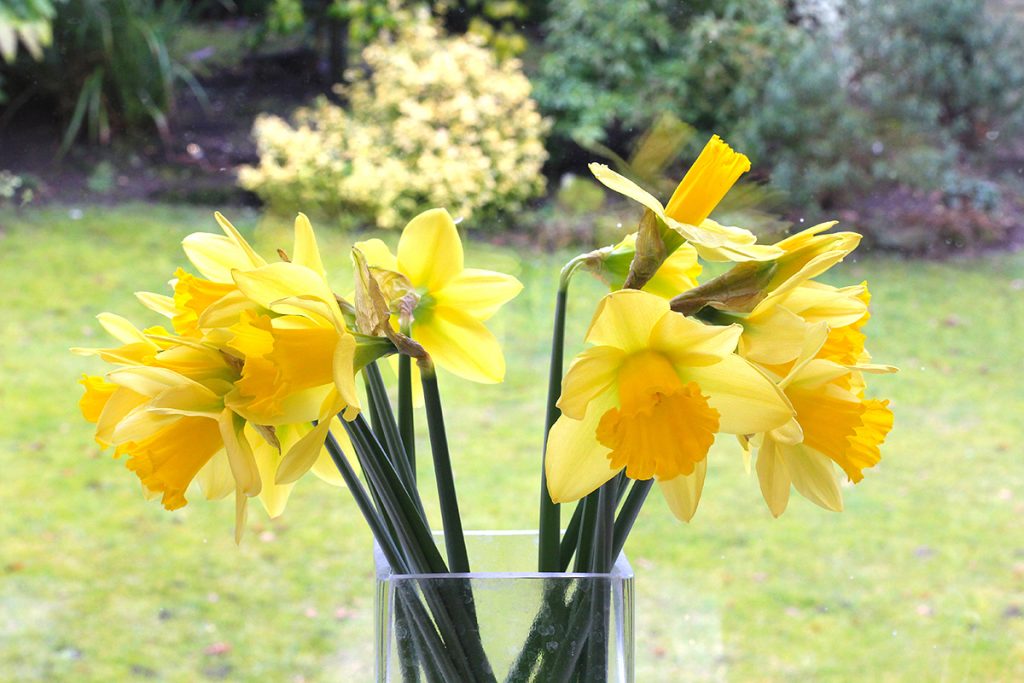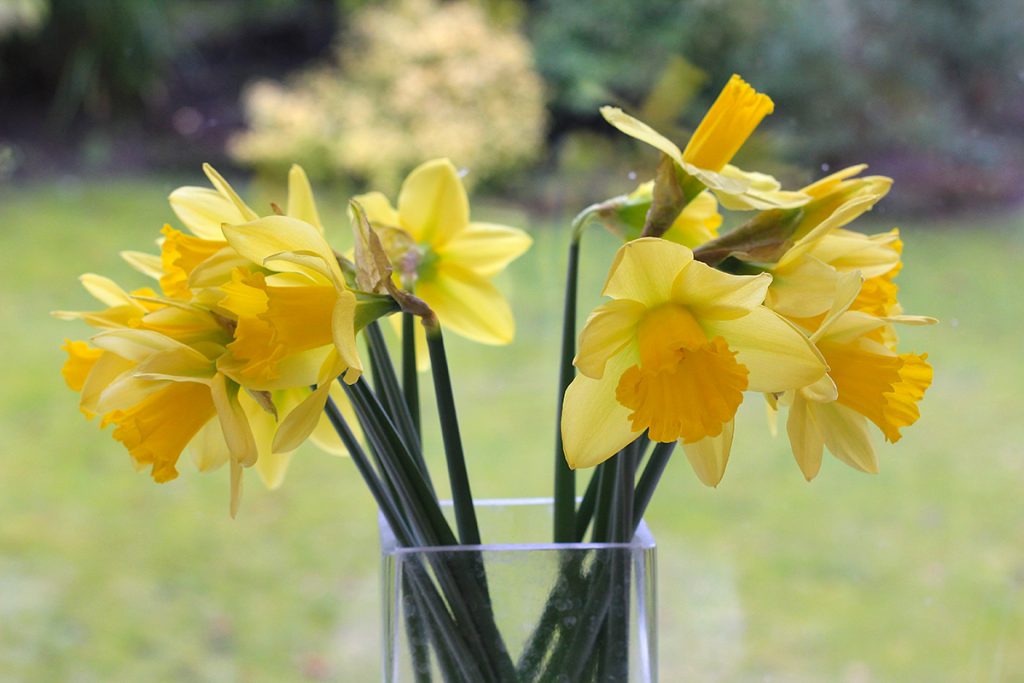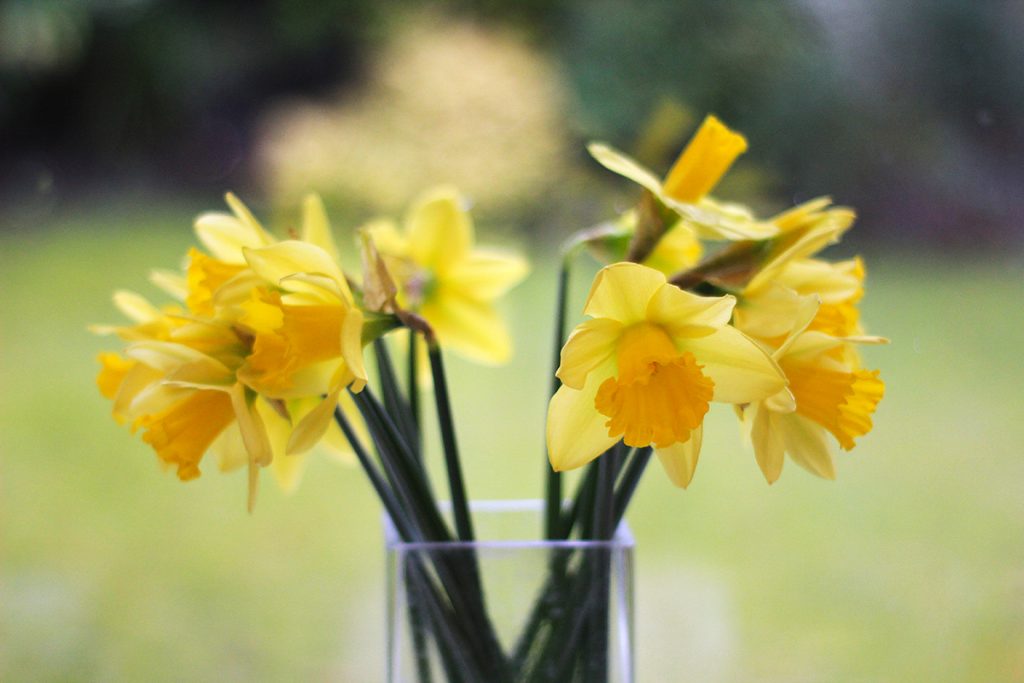How to use Depth of Field in your Photography
In a previous post, Your Camera: An Introduction to Exposure we looked at exposure and briefly mentioned Depth of Field (DoF). Now we will look in more depth (sorry!!) at how your lens aperture effects the DoF in your photos.
To re-cap, the wider the aperture of the lens, the more light is let in when the shutter opens, but also the amount of the scene (from front to back) that stays in focus reduces. A small aperture, means less light coming in but more of the shot in focus.
Depth of Field in Pictures
The next few shots were all taken using a 50mm prime lens and with ISO set at 800. Not only is this an illustration of depth of field, but also the range of shutter speeds necessary to achieve the same exposure when you use different aperture settings. In this case, the smallest aperture resulted in a shutter speed of 1/13th second, which was only just about fast enough to take the shot handheld, whilst the widest aperture resulted in a very fast 1/2000th second – that’s quick enough for anyone!




The wider the aperture of a lens, the narrower depth of field that can be achieved and lenses with wide apertures like this 50mm prime are known as fast lenses because they allow you to use fast shutter speeds when it’s used ‘wide open’. Of course, having a really fast shutter speed like in the last shot is totally unnecessary. A speed like this is generally for freezing action of fast moving objects and daffodils are not known for their lightening speed! To get the best from this shot, I could have reduced the ISO to 100 which would give a marginally better quality image and still have a fast enough shutter speed.
To Blur or Not To Blur?
So when do you really want to use depth of field to blur the background (and/or maybe even the foreground)? Ask yourself one question – “What is the subject?”
- If you are taking a landscape photo, the whole scene is the subject so you want it all in sharp focus – even if you have someone in it, they are not the main subject
- If you want to concentrate on a person with a scene behind as a backdrop, the person is the subject so you might want to narrow the DoF a bit by opening up the aperture
- A portrait or a shot that features an object will be much more pleasing to the eye if the background is blurred

Bokeh
The effect of a blurred background through narrow depth of field is known as Bokeh – the Japanese word for blur. At its most extreme, the details in the background are so blurred that highlights appear as individual blurry blobs of colour and light. This is particularly effective for portraits and it can be achieved with lenses with wide apertures.
![By carlosluis (http://www.flickr.com/photos/paseodelsur/51805888/) [CC BY 2.0 (http://creativecommons.org/licenses/by/2.0)], via Wikimedia Commons Portrait photography - bokeh](http://www.takephotoslikeapro.co.uk/blog/wp-content/uploads/2017/02/Josefina_with_Bokeh.jpg)
